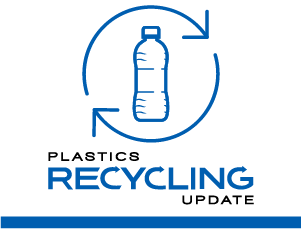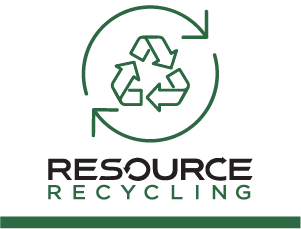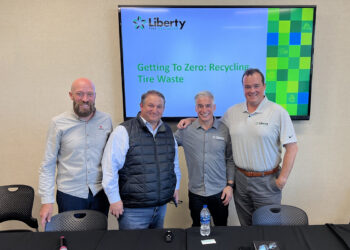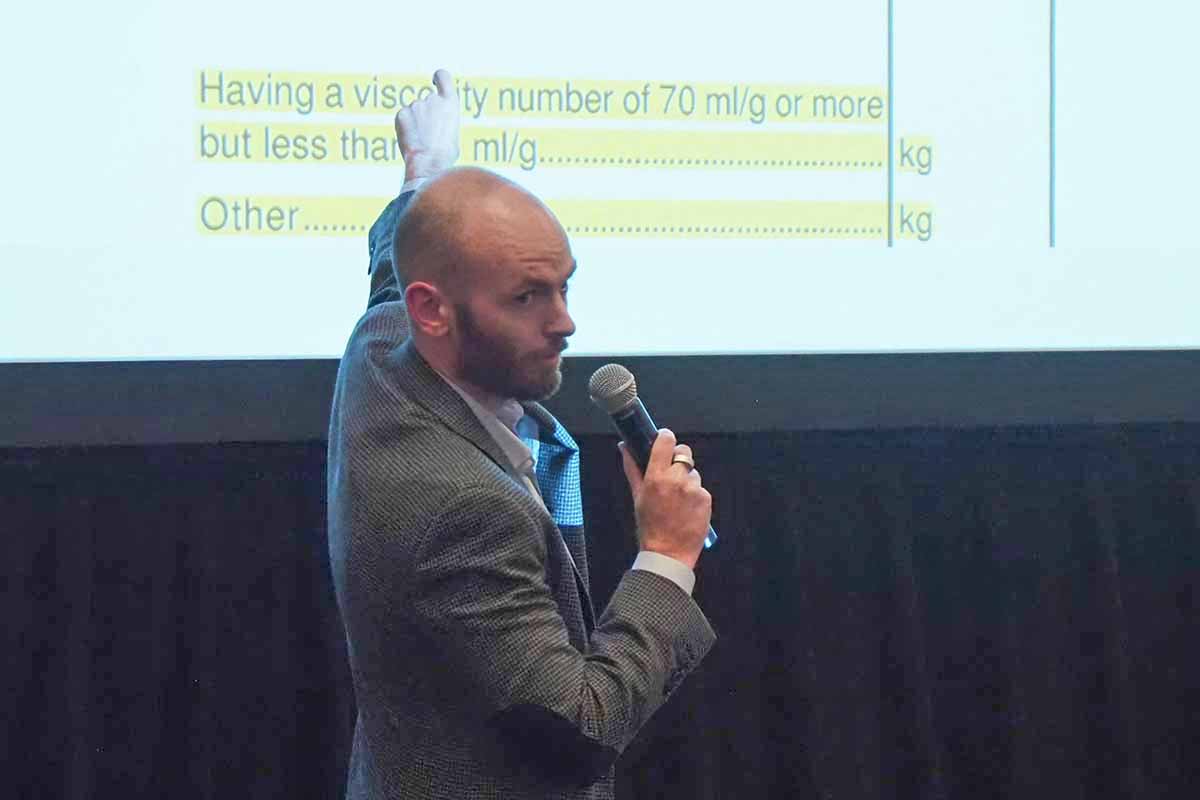To help inform policy and develop industry-led best practices, the US Plastics Pact published a position paper on Wednesday regarding the role of physical and chemical recycling for plastic packaging.
“Too often, these technologies are talked about in extremes, either as a silver bullet or as something to be dismissed outright,” said Jonathan Quinn, Pact president and CEO. He added that the group is designed to bring together its members, called Activators, “in a pre-competitive space to wrestle with hard problems and consider data-driven real-world solutions.”
In the position paper, the Pact supports responsible integration of physical recycling and chemical recycling technologies, noting that these must not displace efforts focused on reduction, reuse or mechanical recycling methods, but rather complement them.
Utilizing these technologies also advances the Pact’s goal of reducing reliance on virgin plastics, and supports the economics of recycled content as a whole by creating new end markets for materials that otherwise would be landfilled.
Moreover, the Pact points to the US EPA’s Waste Management Hierarchy, which prioritizes reduction, reuse, mechanical recycling and then physical or chemical recycling for harder-to-recycle materials.
The paper defines physical recycling as solvent-based methods, such as dissolution and purification, that do not change the polymer’s molecular structure. Chemical recycling such as pyrolysis and depolymerization uses heat and/or chemicals to break down a polymer into its molecular components. These methods often produce virgin-quality resin suitable for applications with strict regulatory requirements, including medical packaging, some food-contact uses and automotive safety materials, which fall outside the Pact’s scope.
“This position paper recognizes that physical and chemical recycling technologies can play a meaningful role in addressing plastics that are difficult to recycle through conventional means,” said Tamsin Ettefagh, chief sustainability officer and executive vice president of government and industry relations for PureCycle Technologies. “As a physical recycler, we believe it is essential to define responsible parameters and to position these technologies as complementary within the broader system,” Ettefagh added.
However, the Pact emphasizes that waste-to-energy or fuel processes are excluded from its definition of material recycling, echoing the position of many industry groups.
Standardized, consistent terminology
The plastics industry has adopted various terms to describe recycling technology, including “advanced” or “molecular.” The terminology “is inconsistently applied, creating misunderstandings and challenges in aligning on solutions,” the Pact posits.
Adopting the forthcoming ISO/CD 15270-1.3 framework – currently under development to replace ISO 15270:2008 – the Pact categorizes recycling technologies into mechanical, physical, chemical and organic/biological. “Standardizing these terms is critical for transparent, evidence-based discussions and accurate evaluation of risks and benefits,” the group says in the paper.
Calls for industry action
The paper also notes that chemical and physical processes require robust standards and safeguards, to address concerns around carbon emissions, pollution and environmental justice. In addition, claims of a lower environmental footprint for chemical and physical recycling processes than virgin plastic manufacturing must undergo independent third-party verified life cycle assessments.
The group calls for the industry to develop best practices for regulatory issues, including financial mechanisms such as insurance and dedicated bond funds to pay for cleanup or remediation in case of environmental accidents. In addition, facilities must commit to treating communities near proposed activities in a fair and meaningful way, prioritizing residents for jobs and local investment.
In preparing the position paper, the Pact conducted research, discussion and review, according to the press release, examining scientific literature, existing policy approaches and environmental assessments, and incorporating feedback from members across the plastics value chain.
“Our goal is to help policymakers, companies, and communities make informed decisions grounded in science, transparency, and shared responsibility,” said Crystal Bayliss, director of strategy and engagement at the Pact.























